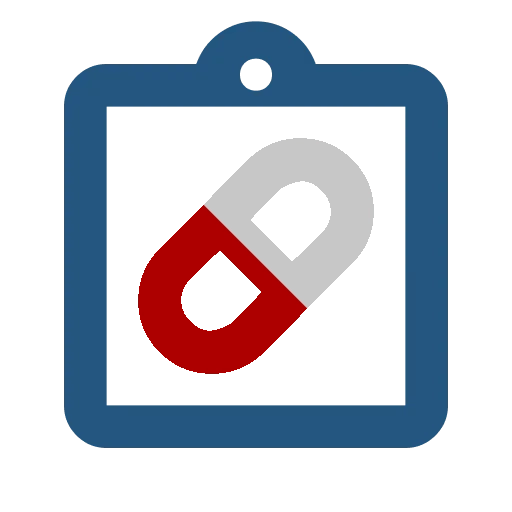Erectile dysfunction (impotence)


Introduction
Introduction
Erectile dysfunction is defined as the inability to achieve or maintain an erection that allows satisfactory sexual intercourse. Although the term impotence is used in everyday speech, the correct medical term is 'erectile dysfunction'.
Men may sometimes be unable to achieve an erection, which is normal. The problem arises when they are never able to achieve an erection or can only do so occasionally, but not long enough to have sexual intercourse.
This symptom affects less than 10% of men under the age of 50, but more than 20% of those over the age of 60. Most cases can be effectively treated.

Causes
Causes
Erectile dysfunction (ED) can have a physical, psychological, or mixed origin, which means it can be both physical and psychological at the same time. To achieve an erection, the penis requires both sufficient blood flow and slowed blood outflow, proper functioning of the nerves that go to and from the penis, adequate amounts of male sex hormone, and enough sexual desire (libido). Disruption of any of these systems can cause erectile dysfunction.
The most common physical causes are those that affect blood circulation, particularly by reducing blood flow to the penis: smoking, hypertension, diabetes, or excess cholesterol. Among the psychological causes, depression or simpler stress or fatigue can be mentioned. Some medications can also play a role, especially those used to treat hypertension, prostate hypertrophy, or depression.

Treatments
Treatments
To define the treatment, the doctor must ask the patient many questions with the aim of understanding the origin of ED. Although only one cause may be identified, sexual impotence is often caused by multiple factors. For instance, the doctor will want to know if there are spontaneous erections during the night or in the morning. If there are and if they are of good quality, it is an element that indicates that on the physical side, everything seems fine.
Since ED is often associated with blood flow problems to the penis, the doctor will want to know if there are risk factors for blood vessels, such as smoking, hypertension, diabetes, or excess cholesterol.
The treatment consists of three separate parts. The first is to correct, when possible, the underlying problem, such as removing a medication that could be contributing to ED. The second part, when necessary, consists of advice from a doctor or sexologist. The third part, of course, consists of medication.
The medications used increase blood flow to the penis, they belong to the family of oral phosphodiesterase inhibitors. Although the first one marketed, named Viagra (the molecule is sildenafil), is the most well-known, others are also available (vardenafil, tadalafil). The difference is in the duration of action and side effects, and the newest ones have a longer duration of effect.

Attention
Attention
Be cautious about taking medication without medical advice, especially about buying medications online; their composition does not always match what is advertised.

To learn more
To learn more
You can find more information by reading the article « Erectile Dysfunction» on the Swiss Medical Forum website and the article « Erectile problems, do not delay consultations» on the Planète santé website.